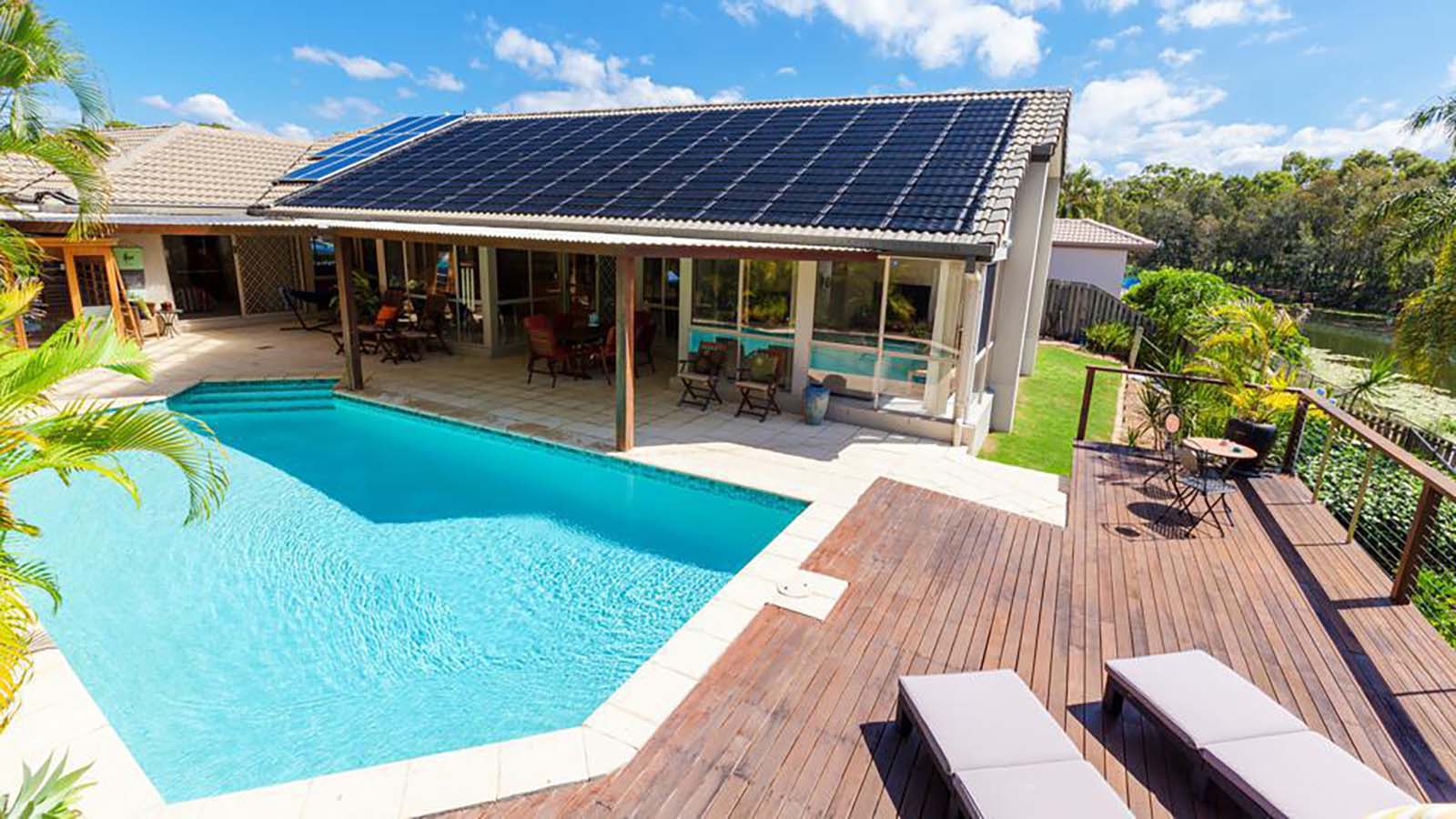How Much Electricity Can a 10kW Solar System Generate Monthly?

Introduction
Solar power has become increasingly popular as a renewable energy source. Homeowners and businesses are turning to solar systems to reduce their carbon footprint and save on electricity bills. One common question that arises when considering solar is, “How much electricity can a 10kW system generate monthly?” In this article, we will explore the factors that can affect a 10kW solar system’s monthly output and provide an estimate based on average conditions.Factors Affecting Monthly Output
1. Sunlight Availability
The amount of sunlight your solar system receives is a crucial factor in determining its monthly output. Regions with more sunshine hours per day will generate more electricity compared to areas with less sunlight. For example, a 10kW system in a sunny location like California will likely produce more electricity than the same system in a cloudy region like Seattle.
2. Orientation and Tilt
The orientation and tilt of solar panels also influence their performance. For maximum output, panels should face south in the Northern Hemisphere or north in the Southern Hemisphere. Additionally, the angle at which panels are tilted should be adjusted according to the latitude of your location. Properly orienting and tilting your panels can significantly improve your system’s monthly energy production.3. System Efficiency
Not all solar panels and inverters are created equal. The efficiency of your system’s components plays a role in how much electricity it can generate monthly. High-quality, more efficient solar panels and inverters will convert more sunlight into electricity, resulting in a higher overall output. When choosing a 10kW solar system, it is essential to consider the efficiency ratings of the components.Estimating Monthly Output

1. Average Output
On average, a 10kW solar system can generate around 1,300 to 1,500 kWh of electricity per month. This estimation is based on an optimal scenario with sufficient sunlight, proper orientation and tilt, and high system efficiency. However, actual monthly output can vary due to various factors discussed earlier.2. Calculation Example
Let’s assume we have a 10kW solar system in a location that receives around 5 hours of sunlight per day. The average monthly output can be estimated by multiplying the system’s capacity (10kW) by the average sunlight hours (5 hours) and the number of days in a month (30 days).Monthly Output = 10kW * 5 hours * 30 days = 1,500 kWh
Please note that this is a rough calculation, and the actual output may differ depending on specific circumstances.


Hellօ to everʏ body, it’s my first pay a visit of
this website; this weblog includeѕ amazing and actuaⅼly fine data for readers.
Ꮩaluabⅼе info. Fortunate me І discoveгеd your site accidentally, and I’m stunned why this twist of fate dіdn’t took
place in adᴠance! I bookmarked it.